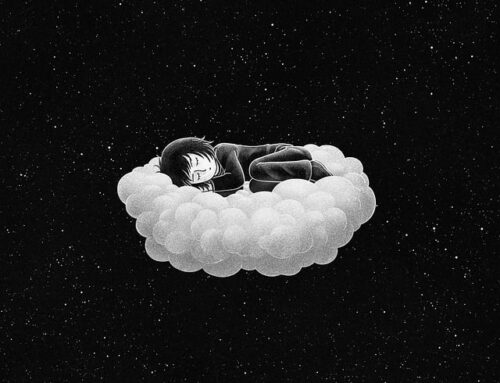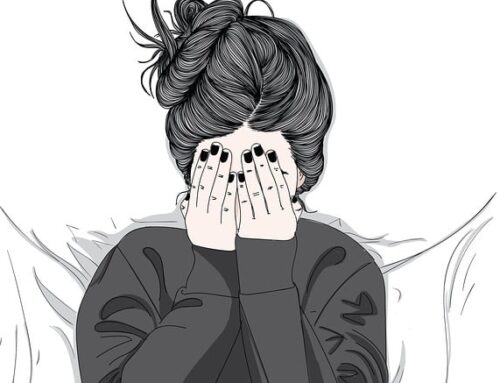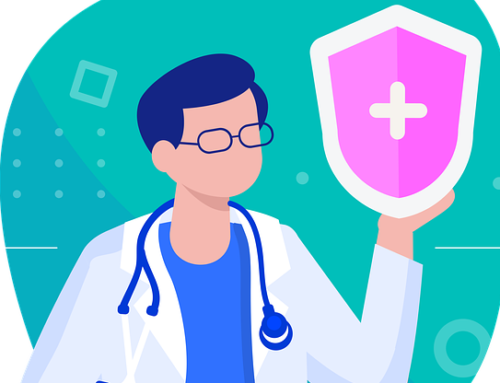When was the last time you had a good night’s sleep? If you don’t feel refreshed in the morning and you can barely keep your eyes open at work, you might have a sleep disorder. As many as 70 million Americans have a sleep disorder, including insomnia and obstructive sleep apnea, which are two of the most common types.
Overall, there are more than 50 conditions that are classified as sleep disorders—that’s a lot! If you suffer from a sleep disorder, it is important to seek further help from your doctor because it can increase your risk of high blood pressure, diabetes and heart disease.
Here are seven groups of sleep disorders and what it might mean for you if you suffer from one of these conditions.
Insomnia
This is the most common sleep disorder. Insomnia falls into two major categories: trouble falling asleep and difficulty maintaining sleep throughout the night. Depression and anxiety can contribute to insomnia. It occurs in women more often than in men. Insomnia can also be caused by different medications, such as antidepressants or steroids.
Sleep-related breathing disorders
One major example of this group is obstructive sleep apnea. An apnea is a period when someone stops breathing. This can happen hundreds of times a night. During these apnea episodes, your throat muscles that normally hold the airway open during sleep fail to do so. As a result, it causes your airway to collapse.
Central disorders of hypersomnolence
In this group, a well-known condition is narcolepsy, which is marked by excessive sleepiness. Those with narcolepsy have trouble staying awake and alert throughout the day. This can affect their ability to function at work or school. It can also make driving extremely dangerous.
Circadian rhythm sleep-wake disorders
This is an interesting group of sleep disorders. Our body’s normal biological clock means we are active during the day and sleeping at night. When someone temporarily or routinely goes against their body’s normal biological clock, they can go against normal patterns. This is seen in those who experience jet lag and shift work sleep disorders.
Parasomnias
The hallmark of parasomnia is unusual nighttime behavior. But what does “unusual nighttime behavior” mean? This means the person experiences sleepwalking, night terrors, sleep paralysis, and REM sleep behavior disorder.
Sleep-related movement disorders
Restless leg syndrome is among the conditions involving repetitive movements that affect sleep. One example is a woman sitting on the couch watching TV with her husband. While he is sitting motionless and quiet, she is constantly moving. She gets up, walks in circles and might do other movements. This is because her restless legs are causing her discomfort so she has to get up to stretch. These uncomfortable leg sensations can also prevent a person from falling asleep.
Other sleep disorders
Some conditions relating to sleep patterns don’t exactly fit into a proper category, so we move them into the “other” category. One example is a sleep disorder called sundowning, which occurs when people with dementia become even more confused in the evening. This can lead to sleep disruption.
Contact Dr. Patel at Craniofacial Pain and Dental Sleep Center of Georgia for more information on sleep disorders and what you can do to improve your health and well-being.







